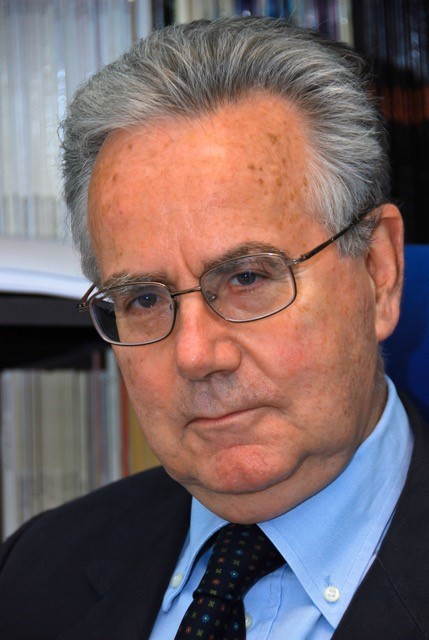
Latest research in the field of renal denervation has prompted its inclusion in updated guidelines from the European Society of Hypertension (ESH), but authors of the guidance will continue to monitor new developments in the arena to determine its future role for the treatment of hypertension.
This was the message of Guiseppe Mancia (University Milano-Bicocca, Milan, Italy), who co-chaired the writing committee for the new and expanded guidelines governing the management of arterial hypertension, which were presented during the ESH’s 32nd annual European meeting on hypertension and cardiovascular protection (24–26 June, Milan, Italy) and published in the Journal of Hypertension.
New to the 2023 version of the guidelines, and in what is seen as a win for proponents of device-based techniques to treat hypertension, is the inclusion of the statement that renal denervation can be proposed as an adjunctive therapy in select patients with resistant hypertension.
“In the last guidelines, done in 2018 by the European Society of Hypertension and the European Society of Cardiology, it was said that there was no evidence that renal denervation lowered blood pressure, because of the negative data from the first fully controlled trial,” Mancia tells Cardiovascular News discussing how the field has evolved since the guidance had last been reviewed.
“Since then, we have had five or six studies with a sham denervated group in which there was a reduction in both office and ambulatory blood pressure after renal denervation. In addition, there are data from registries, now up to three years from around 3,000 patients who have undergone renal denervation, showing that the reduction in blood pressure is persistent and also that it is a relatively safe procedure.”
Due to this evidence, renal denervation is now an option that practitioners can take into consideration, Mancia adds, while caveating that it should be attempted after other attempts to lower blood pressure, such as through the use of drugs or lifestyle modifications, have been attempted.
Asked for his view on the appetite from physicians to adopt this treatment, Mancia responded: “Some are attracted to the procedure because of the side effects of drugs and for fear of having the blood pressure persistently elevated. Also, it is clear that in expert centres the procedure is safe and the kidneys continue to work without any problem in the sympathetic nervous system.”
Considering some of the unanswered questions that need to be taken into account, Mancia comments: “There is one aspect of the problem which is not yet solved and that is: do the reductions in blood pressure associated with renal denervation reduce cardiovascular events? In general hypertensive patients there is a linear relationship between the magnitude of the blood pressure reduction and the magnitude of the risk reduction for heart failure, myocardial infarction, stroke and so forth.”
Commenting on the general role of guidelines in influencing practice, Mancia tells Cardiovascular News that he sees them as having an important place, but comments that it can be difficult to measure their impact in the short term.
“If you look at how practice has changed since the very first guidelines in the 1980s, there is no question that practice has changed, and this is somehow associated with the way guidelines have dealt with the issue. But of course, it is a slow process,” he says.
Over the last two decades, guidelines for hypertension have strongly recommended treating the condition a combination of drugs, he explains, “because hypertension is a multifactorial condition, and blood pressure is a multi-regulated value. So, the more mechanisms one can put into action, the greater the chance for the patient to have blood pressure control.”
Guidelines recommend, for example, that around 90% of patients should be treated using a combination of two drugs as the initial treatment strategy, but some research has shown that a high proportion of patients still receive monotherapy. “This is a treatment concept that very slowly advances,” he comments.













